Hi Ken-
Hope this finds you and Cindy well. Hope you’ve been paddling!
Well, I bit the bullet! I’ve been talking about the Sienna van conversion and how I was going to install a solar powered electrical system. Yesterday I finished my research, and last night I gave the credit card a serious workout.
The first thing I bought was the necessary wiring diagram. You can see the web version at this link- https://www.explorist.life/2000w-520w-60a-budget-friendly-camper-wiring-diagram/#parts-list
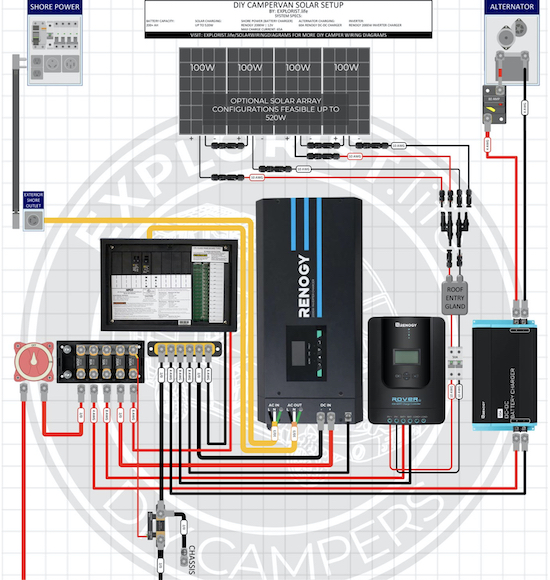
I couldn’t fit the batteries in the screen shot. They are below the bottom of the diagram. My setup only uses one. Click on the diagram to see the full-sized one.
I need one I can print and have with me while I’m doing the work. Considering the work Nate did putting it together, ten bucks seems pretty reasonable anyway. His website, https://www.explorist.life, has all the resources a complete idiot like me needs in order to pull off a project like this.
The system in the diagram stores 400 amp hours. My needs are more pedestrian, so I’m only using 200 watts worth of solar panels and a single 100 amp hour battery. Through the Explorist Life website (I got everything but the wire through them) I got the 200-watt solar collector kit from Rich Solar- https://richsolar.com/products/200-watt-solar-kit-20a-mppt-controller. I’ll still have a little room on my roof for carrying the screen tent Sue wants to get.
Next I needed the battery. I got the Battle Born lithium one, https://battlebornbatteries.com/product/12v-lifepo4-deep-cycle-battery/. It was on sale, $100 off! Yippee!
Renogy supplied some big parts- the inverter, in case we want to use 120 volt items https://www.renogy.com/1000w-12v-pure-sine-wave-inverter/, and the DC-DC charger, so we can charge the lithium battery off the van’s alternator https://www.renogy.com/12v-dc-to-dc-on-board-battery-charger/
I’m also putting in a shore power inlet (just made that word up) so we can charge the battery or run our stuff off the grid when it’s available.
All the fuses, circuit breakers, bus bars, distribution block, etc, I got off the shopping list under the wiring diagram. Once it all gets here I’ll be ready to get to work. And it has started coming in already!
Once all that stuff is installed I’ll have to put the wiring in for the 12-volt plugs, USB ports, fans, lights, refrigerator. A different project, another day.
Given your engineering background I thought you’d be interested in all this. I’d be interested in getting your thoughts after you digest it all.
And that’s it for now!
All the best-
JK
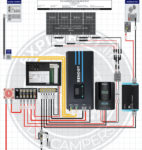
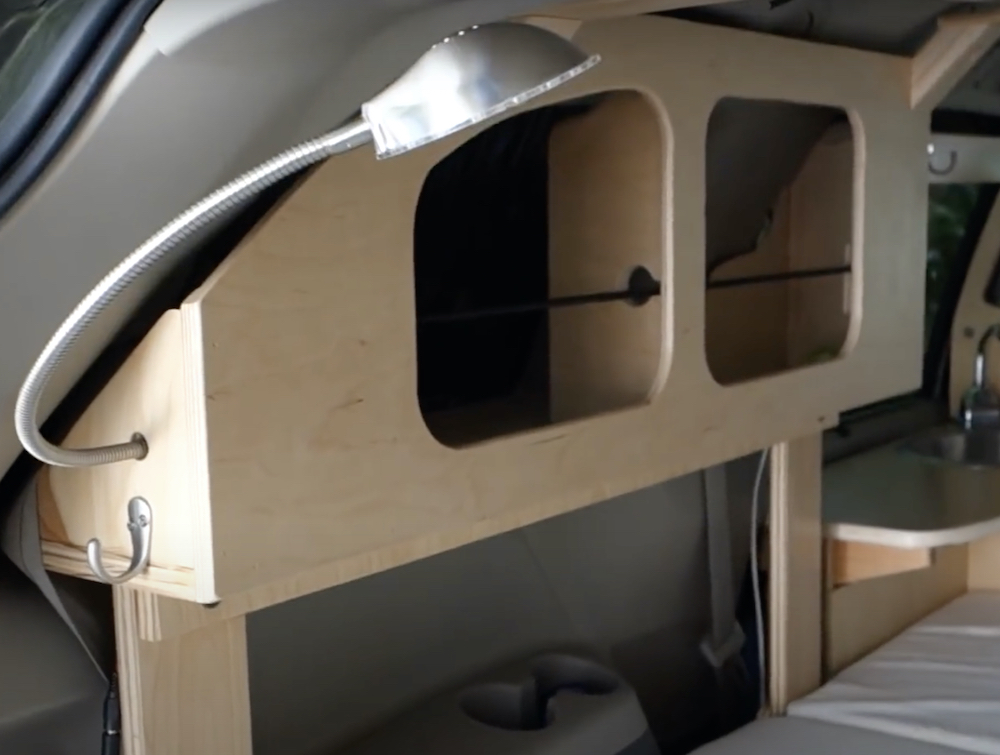



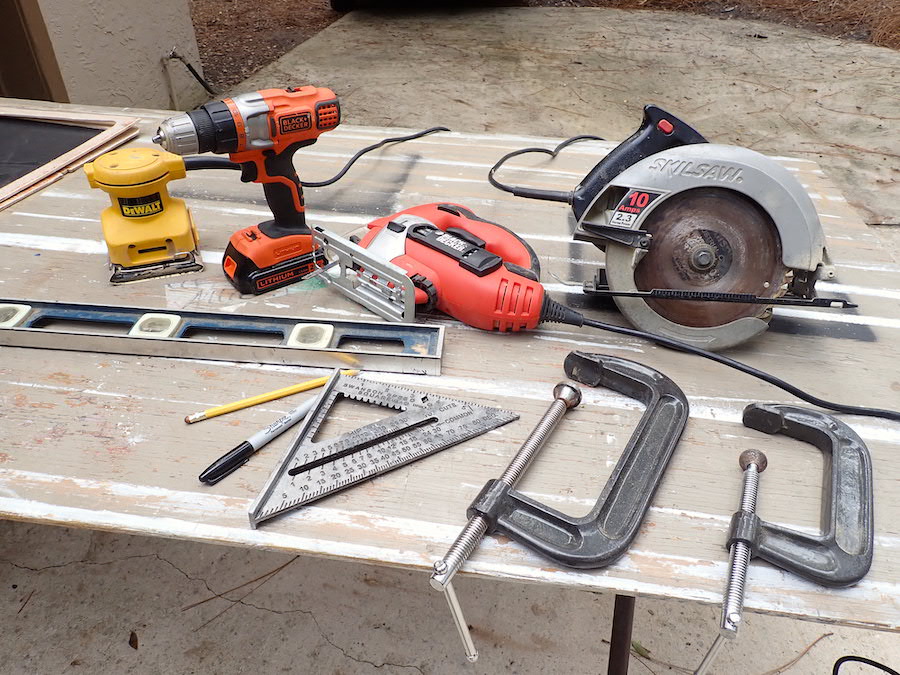
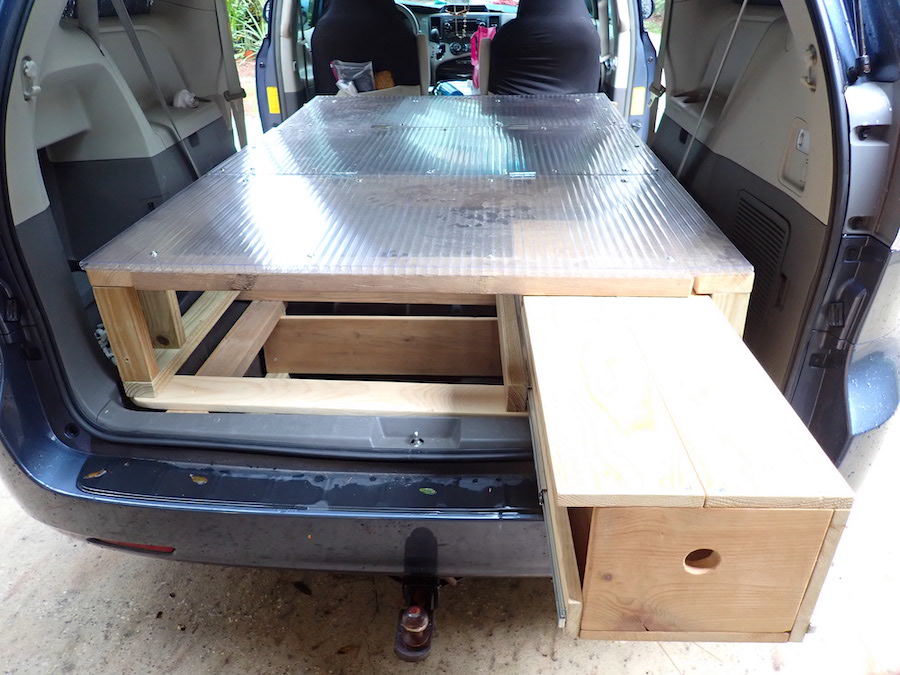

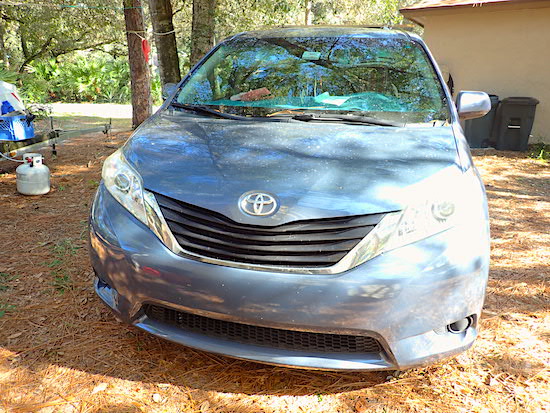
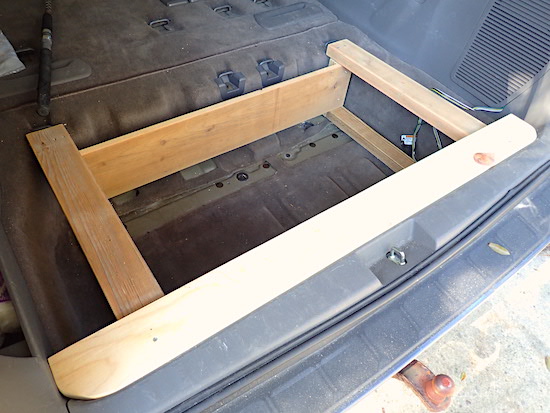
Recent Comments